Dr. Ghiasian Visits Japan, Holds Workshops on Iran Studies
During last 3 weeks, Dr. Ghiasian, faculty member at department of Islamic Arts, faculty of architecture and art traveled to Japan in order to hold workshops for members of Kyoto University, University of Tokyo, and Tokyo University of Foreign Studies. These sessions were focused on The Jāmiʿ al-tawārīkh or Compendium of Chronicles. Various aspects of Illustrations of Jāmiʿ al-tawārīkh, and analysis of counterfeits made in illustrated manuscripts of Iranian works of the era were among the topics discussed in these workshops.
Following the workshops, Dr. Ghiasian held a Q&A session with the participant on his newly published book entitled Lives of the Prophets: The Illustrations to Hafiz-i Abru’s “Assembly of Chronicles”.
The Jāmiʿ al-tawārīkh is a work of literature and history, produced in the Mongol Ilkhanate. Written by Rashid-al-Din Hamadani (1247–1318) at the start of the 14th century, the breadth of coverage of the work has caused it to be called "the first world history". It was in three volumes. The surviving portions total approximately 400 pages, with versions in Persian and Arabic. The work describes cultures and major events in world history from China to Europe; in addition, it covers Mongol history, as a way of establishing their cultural legacy.
In Lives of the Prophets: The Illustrations to Hafiz-i Abru’s “Assembly of Chronicles” Mohamad Reza Ghiasian analyses two extant copies of the Majmaʿ al-tawarikh produced for the Timurid ruler Shahrukh (r. 1405–1447). The first manuscript is kept in Topkapı Palace and the second is widely dispersed. Codicological analysis of these manuscripts not only allows a better understanding of Hafiz-i Abru’s contributions to rewriting earlier history, but has served to identify the existence of a previously unrecognised copy of the Jamiʿ al-tawarikh produced at Rashid al-Din’s scriptorium. Through a meticulous close reading of both text and image, Mohamad Reza Ghiasian convincingly proves that numerous paintings of the dispersed manuscript were painted over the text before its dispersal in the early twentieth century.


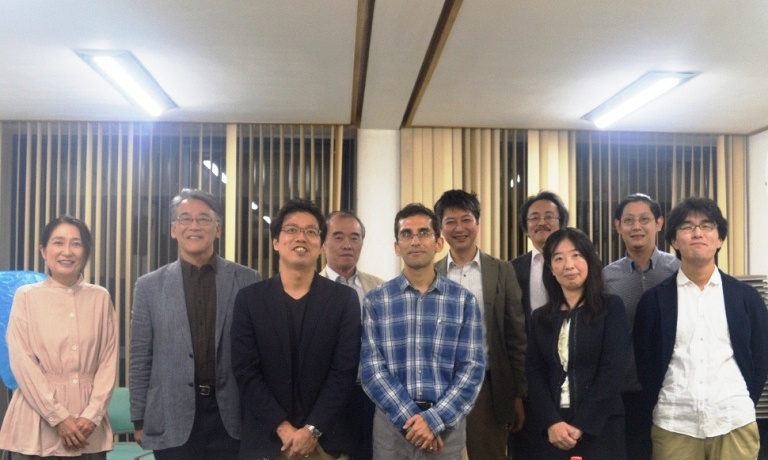
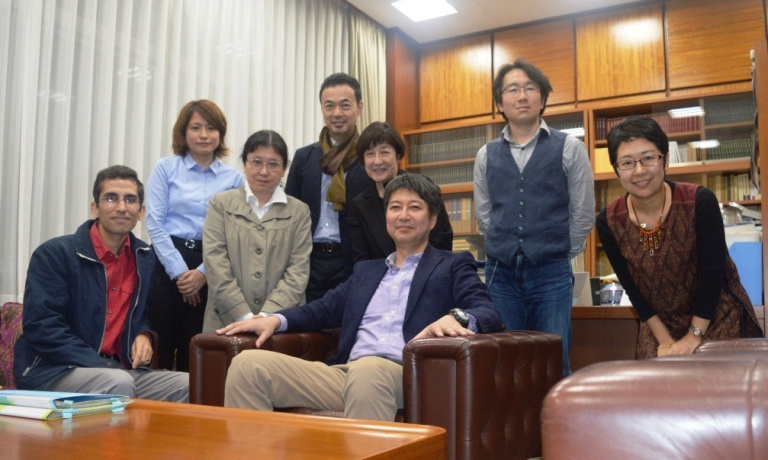
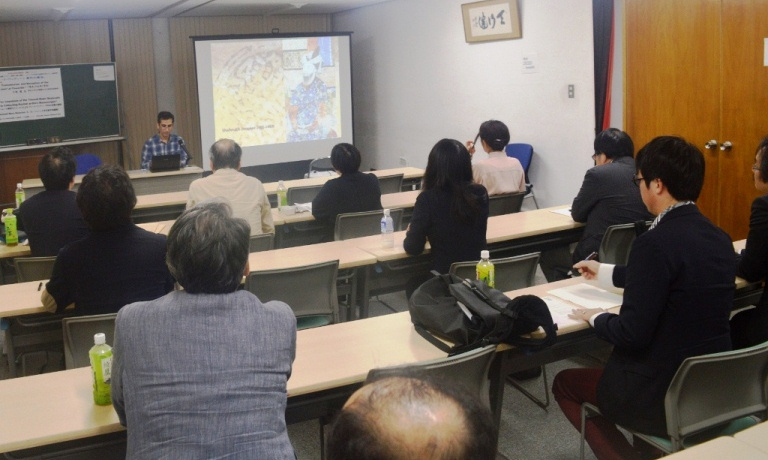
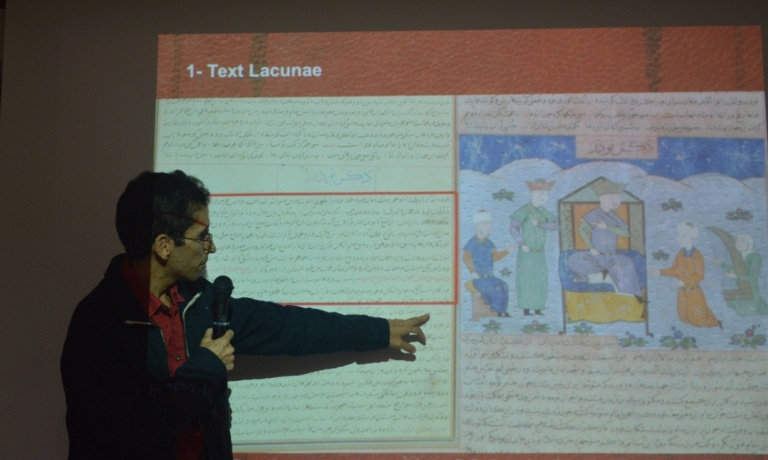
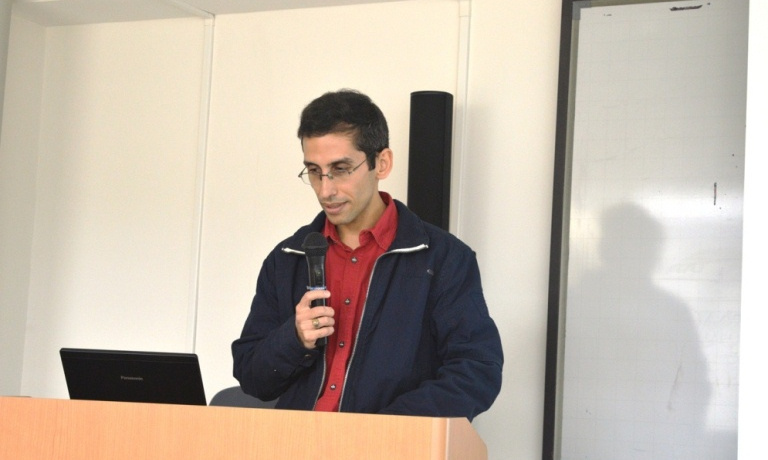





Your Comment :